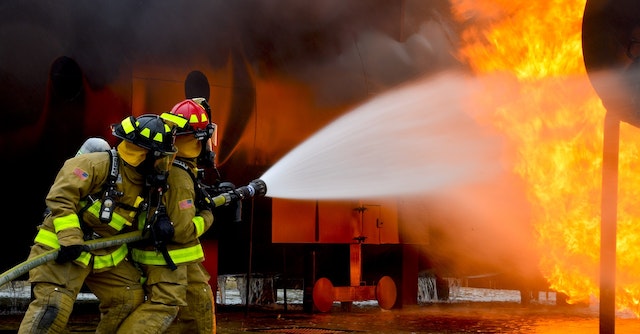
This year, Oct. 9-15 is being observed as the 100th anniversary of National Fire Prevention Week; commemorating the Great Chicago Fire of 1871, and an opportune time for educators to focus on fire safety
Fire safety awareness and prevention remains a key issue for students and educators alike. In observance of Fire Prevention Week starting Oct. 9, Sonitrol Great Lakes has compiled a few important precautions to share with colleagues and students to reinforce fire safety in and outside the classroom all year long.
Nothing cuts down the risk of fire loss like education. Arm students and staff with the knowledge and skills they need to approach fire safety effectively, including:
Recognizing Alarms – Educators should nottake for granted that a child understands what a fire alarm sounds like, so it’s important to teach children to identify your school’s alarm early so that they can’t confuse it for any other sound. For students with hearing problems, identify other, non-auditory cues to alert them to a fire emergency.
Escape and Evacuation Routes – Each room should have a sign that identifies two ways out of the room in case of fire. Hallways, stairwells and other areas should also clearly indicate evacuation routes and protocols. Make sure that students understand not only where the exits are located, but also how to use them. Demonstrate how to use alternate escape routes in an emergency.
Practice Drills – Regular fire drills are essential in a school environment. Students as well as staff need to know how to respond to a fire well before an actual emergency occurs.
Rules, Regulations and Fire Safety Standards – Public buildings must adhere to local fire codes in terms of occupancy and activity. If unsure about your school’s occupancy limits, check with the local fire department, and conduct a thorough investigation to make sure the school building is up to code. Educators should know:
- When the last time the building was thoroughly inspected.
- Where critical signage is located, such as exit signs and evacuation routes.
- How many people can fit in the building as a whole and in classrooms and staffrooms.
In summary, proper campuswide education and a proactive approach to fire safety will prevent fire-related injuries, and mitigate long-term risk and damage caused by fires.
